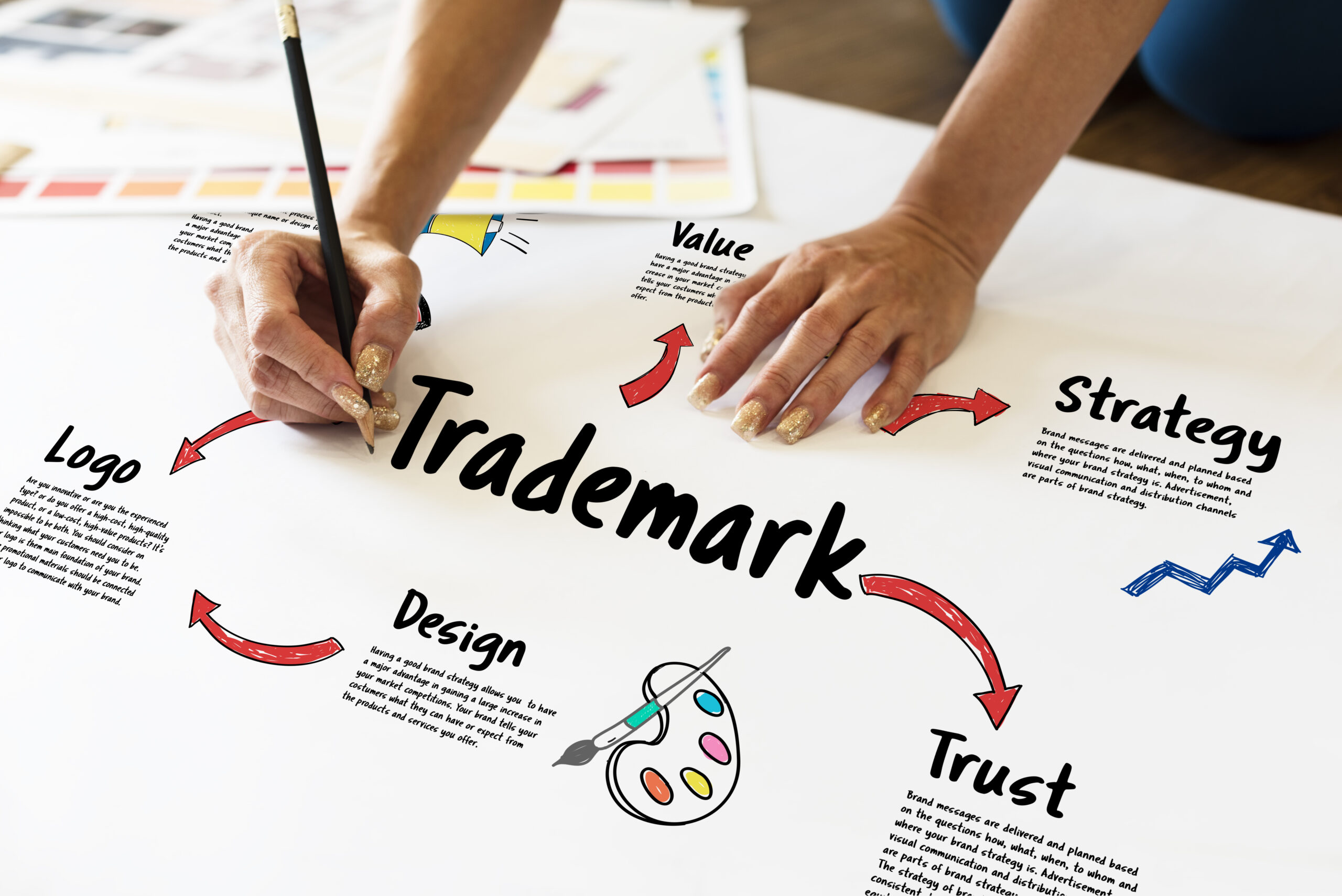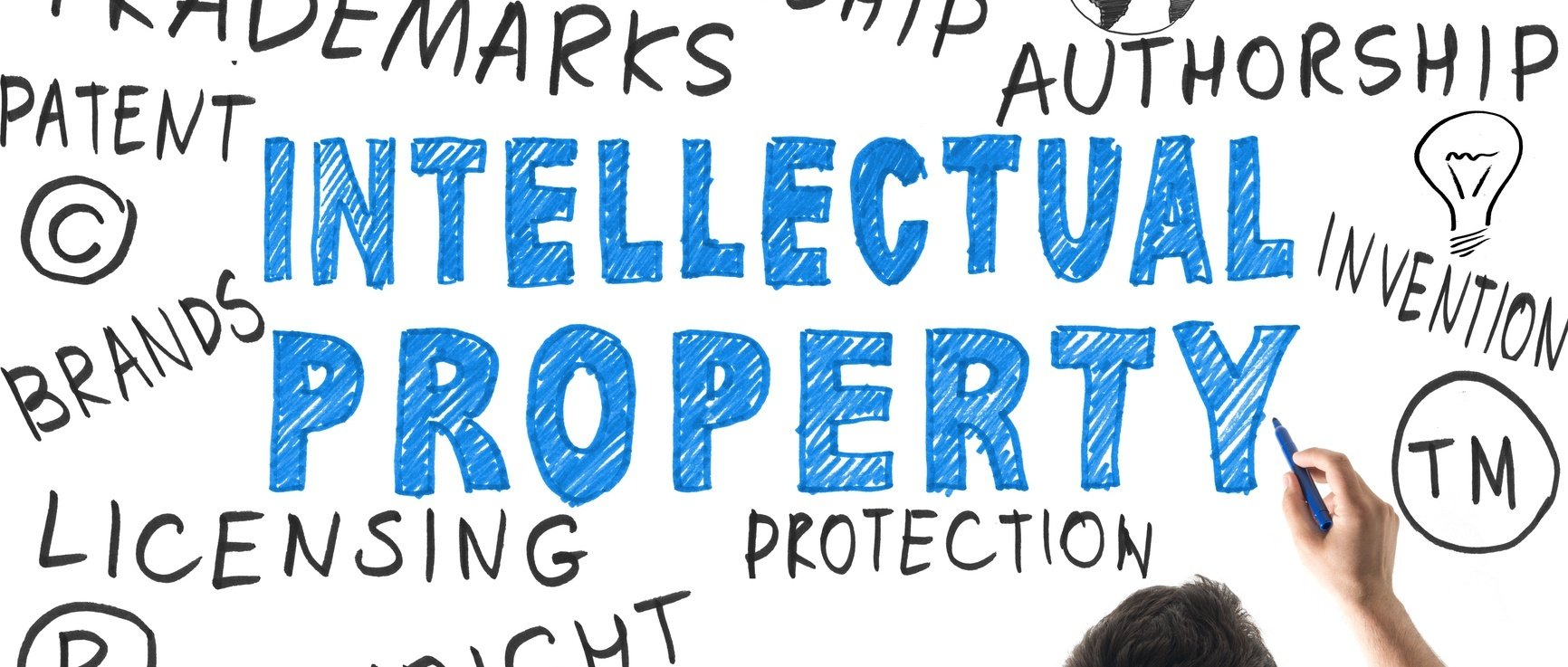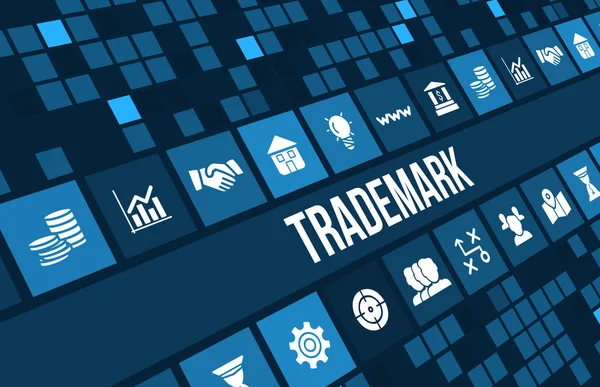Intellectual property rights are crucial in the merchantry world. They offer protection and legal recognition to brands, products, and creative works. In this comprehensive guide, we’ll explore the intricacies of trademarks, service marks, registered marks, and copyrights. Understanding these concepts is key to safeguarding your brand’s identity and intellectual assets.
This knowledge is essential whether you’re a budding entrepreneur or a seasoned merchantry owner.
What is a Trademark?

A trademark is a distinctive sign or symbol used by a business. It identifies and distinguishes its goods or services from those of others.
Trademarks can be words, phrases, logos, designs, or combinations of these. They represent the squatter of a trademark and embody its reputation and goodwill.
Understanding the role of trademarks is essential in towers a strong trademark presence.
- Examples: The Nike “Swoosh,” the Apple logo, or the phrase “Just Do It.”
- They are increasingly than logos; they represent a company’s identity.
How Does a Trademark Work?
Trademarks function as a legal shield. They protect the unique elements that differentiate your products or services in the marketplace.
When registered, they grant sectional rights to use the mark with the listed goods or services. This prevents ravages and allows legal whoopee versus infringements.
Registering a trademark is a strategic merchantry move, pivotal in branding and commercial success.
- Prevents others from using similar marks that could rationalization confusion.
- Examples of infringement: A “McDowell’s” restaurant using golden arches similar to McDonald’s.
Service Marks and Registered Marks
A service mark is similar to a trademark but specifically identifies and distinguishes services rather than goods. It plays a vital role in service-based industries, where the service itself is the product.
A registered mark, denoted by the symbol, indicates that the trademark or service mark has been officially registered with a national trademark office. This registration provides legal certainty and reinforces the mark’s protection.
Understanding these marks is essential for businesses in service industries and those seeking robust legal protection for their brands.
- Example of a service mark: FedEx, where the accent is on wordage services rather than goods.
- Registered marks offer stronger protection and legal backing.
Understanding Copyrights
A copyright is a form of protection granted to the creators of original works of authorship. This includes literary, dramatic, musical, artistic, and unrepealable other intellectual works.
Copyrights protect the expression of an idea, not the idea itself. They automatically protect the creator’s rights as soon as the work is created and stock-still in a tangible form.
This protection is crucial for authors, artists, and creators, ensuring their works are not used without permission.
- Examples: Books, music compositions, paintings, and software.
- Key point: Copyright does not protect ideas, methods, or systems.
Fair Use in Copyright Law
Fair Use is a doctrine that allows limited use of copyrighted material without requiring permission from the rights holders. This includes uses such as criticism, comment, news reporting, teaching, scholarship, and research.
However, determining what constitutes pearly use can be tricky – and involves considering factors like the purpose of use, the nature of the copyrighted work, the value used, and the effect of use on the market value of the work.
- Example: A typesetting review quoting a short excerpt for hair-trigger analysis.
- News reporting often involves summarizing or quoting parts of a work for public interest.
Derivative Works
Derivative works are new creations that include or are based on previously existing work. Copyright law requires the original creator’s permission to produce these works.
These can include translations, musical arrangements, dramatizations, fictionalizations, and more.
- Example: A novel well-timed into a movie or a song remixed into a new music track.
- Derivative works must add something new and original to be protected separately under copyright law.
Visual Examples of Trademarks, Service Marks, Registered Marks, and Copyrights
Understanding intellectual property rights can be enhanced by visual examples. Below is an tableau showcasing various symbols and labels that represent trademarks, service marks, registered marks, and copyrights.
This visual guide helps distinguish between these variegated forms of intellectual property, each vital for protecting merchantry and creative assets.
- Trademark (TM): Symbols or logos used for goods, like trademark logos.
- Service Mark (SM): Similar to trademarks but used for services, like visitor service logos.
- Registered Mark (®): Indicates a trademark or service mark is officially registered.
- Copyright (©): Used for originative and literary works, like books and music.
The Process of Registering a Trademark or Service Mark
Registering a trademark or service mark involves several crucial steps. This process ensures legal protection and sectional rights to the mark.
The process typically starts with a thorough search to ensure the mark isn’t once in use. Then, an using is filed with the relevant national or regional trademark office.
Understanding and correctly navigating this process is key to securing your brand’s unique identity.
- Conduct a trademark search to stave conflicts.
- File an using detailing the mark and the goods or services it will represent.
Protecting Your Intellectual Property

Once intellectual property rights are secured, urgently protecting them becomes paramount. Vigilance versus infringement is key to maintaining your sectional rights.
If you goof to protect or defend your rights, it can signal to courts that you don’t mind if others infringe them. You need to show a history or vigilance for optimal protection.
Enforcement might involve monitoring the market and stuff prepared to take whoopee if infringement is detected. It’s often prudent to consult with a legal expert to understand your options and develop an constructive strategy.
Actions can include sending a cease-and-desist letter, making legal demands for compensation, or pursuing remoter legal whoopee if necessary.
- Consider hiring an shyster to guide you through the legal aspects of IP protection.
- Initial steps often involve sending a cease-and-desist letter or making legal demands for bounty based on unauthorized use.
Conclusion
In conclusion, understanding trademarks, service marks, registered marks, and copyrights is vital for any merchantry or creator. These intellectual property rights safeguard your unique ideas and trademark identity.
By registering and powerfully protecting these rights, you ensure the longevity and integrity of your merchantry and creative endeavors.

